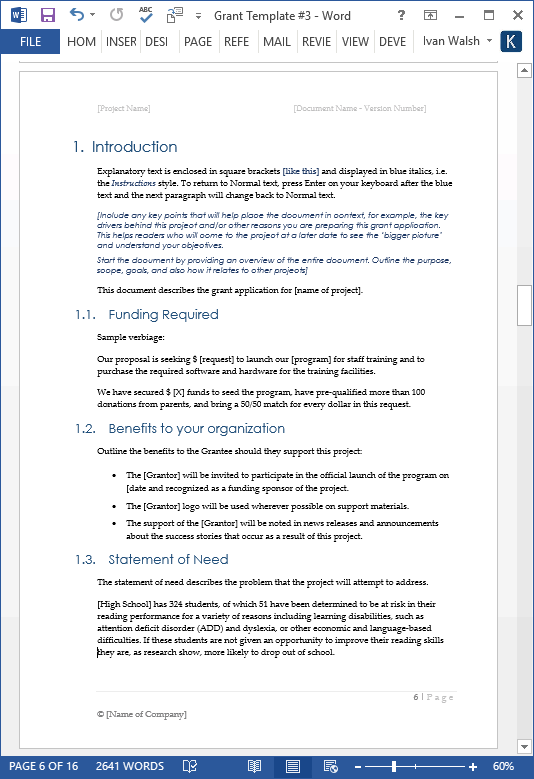To use Document Inspector: Click the File tab to go to Backstage view. From the Info pane, click Check for Issues, then select Inspect Document from the drop-down menu. Document Inspector. Inspect a Document Click the File tab. Click Check for Issues. Select Inspect Document.
-->The Document Inspector gives users an easy way to examine documents for personal or sensitive information, text phrases, and other document contents. They can use the Document Inspector to remove unwanted information; for example, before distributing a document.
Note
Microsoft does not support the automatic removal of hidden information for signed or protected documents, or for documents that use Information Rights Management (IRM). We recommend that you run the Document Inspector before you sign a document or invoke IRM on a document.
As a developer, you can use the Document Inspector framework to extend the built-in modules and integrate your extensions into the standard user interface.
The Document Inspector in Word, Excel, and PowerPoint includes the following enhancements.
Built-in Document Inspector modules
The Document Inspector has modules that help users inspect and fix specific elements of a given document. The Document Inspector includes the following built-in modules.
For all Office documents
- Embedded documents
- OLE objects and packages
- Data models
- Content apps
- Task Pane apps
- Macros and VBA modules
- Legacy macros (XLM and WordBasic)
For Excel documents
- PivotTables and slicers
- PivotCharts
- Cube formulas
- Timelines (cache)
- Custom XML data
- Comments and annotations
- Document properties and personal information
- Headers and footers
- Hidden rows and columns
- Hidden worksheets and names
- Invisible content
- External links and data functions
- Excel surveys
- Custom worksheet properties
For PowerPoint documents
- Comments and annotations
- Document properties and personal information
- Invisible on-slide content
- Off-slide content
- Presentation notes
For Word documents
- Comments, revisions, versions, and annotations
- Document properties and personal information; this includes metadata, SharePoint properties, custom properties, and other content information
- Custom XML data
- Headers, footers, and watermarks
- Invisible content
- Hidden text
Opening the Document Inspector

To open the Document Inspector:
Choose the File tab, and then choose Info.
Choose Check for Issues.
Choose Inspect Document.
Use the Document Inspector dialog box to select the type or types of data to find in the document.
After the modules complete the inspection, the Document Inspector displays the results for each module in a dialog box. If a given module finds data, the dialog box includes a Remove All button that you can click to remove that data. If the module does not find data, the dialog box displays a message to that effect.
If you choose to remove the data for a given module, the dialog box displays descriptive text that indicates whether the operation was successful or not. If the Document Inspector encounters errors during the operation, the module is flagged, displays an error message, and the data for that module does not change.
Support and feedback
Have questions or feedback about Office VBA or this documentation? Please see Office VBA support and feedback for guidance about the ways you can receive support and provide feedback.
Summary: Before distributing Word 2007 documents, inspect them for hidden text.
As mentioned on other sites such as News.Com and the BBC, Microsoft Word documents can contain many kinds of hidden text, such as:

* Document author and company information
* Revision information, including comments meant only for the document authors
* Watermarks
Distributing documents with such information could have embarrassing, if not legal, repercussions. Yours or your company’s privacy may be violated, and in some cases, document revisions have shown contracts destined for one company that were originally written for another organization, possibly a competitor.
Thus, it is highly recommended to always remove hidden text before sending document files to anyone.
Because of this growing concern, Microsoft Word 2007 contains a wizard that can remove most, if not all, hidden text from documents.
1. Save your document first. Otherwise, Word will prompt you to do so.
As noted in this tool, some changes made cannot be undone! You may wish to save a copy of the current document first, meant only for internal use. Just make sure you distribute the copy with the hidden text removed!
2. Click the “Office” button.
3. Choose “Prepare” in the left pane of the menu.
4. In the right pane, select “Inspect Document”.
Activating Word 2007’s document inspector
5. The “Document Inspector” dialog box will appear. Choose what types of items you want inspected (the default is to check for all items):
* Comments, Revisions, Versions, and Annotations
* Document Properties and Personal Information
* Custom XML Data
* Headers, Footers, and Watermarks
* Hidden Text
6. Click the “Inspect” document to begin the inspection process.
The Document Inspector finding items that may require removal
Inspect Document In Word For Mac
7. You will be shown whether or not items were found. To remove a particular group of items, click the “Remove All” button next to the group.
Inspect Document In Word For Mac
8. When done, click “Close” to close the Document Inspector.